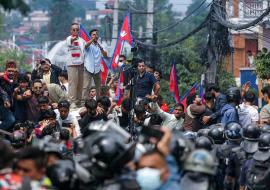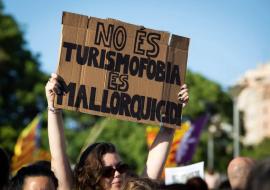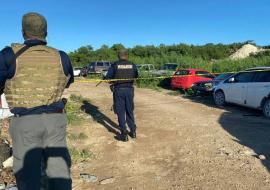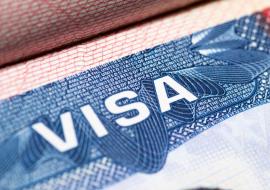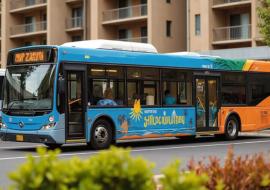Nicaragua Opens San Cristobal Volcano for Extreme Tourism
An interesting project has been developed at the foot of San Cristobal Volcano, Nicaragua’s tallest peak, in the northwestern region of the Central American country that will boost sustainable economic development in the region and be a great place of attraction for the extreme tourism lovers.
Tourists with a zeal for the treacherous can climb to the, 745-meter (5,721-foot) high volcano. But before they begin their trekking they can rest in the inn that supports a dining hall, visitor’s center, tourist service facility.
The site was constructed with a budget of 250,000 euros ($276,125), funded 80 percent by the European Union and 20 percent by the Chichigalpa city government.
Its construction is aimed at promoting the comprehensive development of the tourism value chain based on the Route of the Colonial Cities and the Volcanoes, the EU said.
“We used to think that all this volcano could do was erupt, but now it’s on the national route of tourist attractions,” Chichigalpa Mayor Victor Manuel Sevilla told EFE.
“We expect this project to provide a solid boost for sustainable economic development here, because tourism can create jobs and bring in additional revenues,” said the head of the EU’s aid office in Nicaragua, Helena Guarin.
As part of the project, 43 members from eight communities near the San Cristobal Volcano Ecological Park formed tourism cooperative, another 234 trained in the subjects of tourism, the environment and climate change, while 92 specialized in the Chonco-San Cristobal-Casitas Reserve Management Plan.
The Route of the Colonial Cities and the Volcanoes includes six provinces on Nicaragua’s Pacific Coast, where a single seismic complex has more than 10 volcanic structures, and where some of the oldest cities in Central America are preserved.
The Route of the Colonial Cities and the Volcanoes project, which is being carried out by the Nicaraguan Tourism Institute, or Intur, has a budget of 8.2 million euros ($9.3 million).
Of these funds, 7 million euros ($7.96 million) were provided by the EU and 1.2 million euros ($1.36 million) by the Nicaraguan government.









